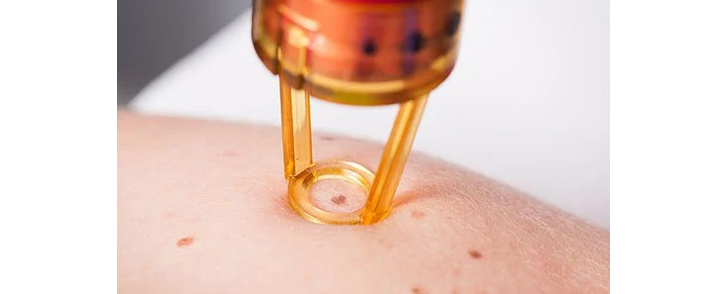Moles Treatments

Your doctor can diagnose moles by looking at your skin. During a skin exam, your doctor inspects your skin from head to toe. If your doctor suspects that a mole may be cancerous, it is removed and sent to a lab for examination under a microscope (biopsy).
You might choose to make a skin exam a regular part of your preventive medical care. Talk with your doctor about a schedule that's appropriate for you.
Most moles don't need treatment. If you're self-conscious about a mole, you could try makeup to help conceal it. If you have a hair growing from a mole, you might try clipping it close to the skin's surface or plucking it. Anytime you cut or irritate a mole, keep the area clean. See your doctor if the mole doesn't heal.
You might also talk with your dermatologist about surgically removing a mole if it bothers you or if you notice suspicious changes in it. Mole removal takes only a short time and is usually done on an outpatient basis. Your doctor numbs the area around the mole and cuts it out, along with a margin of healthy skin if necessary. The procedure may leave a permanent scar. People with Black skin are at increased risk of other surgical side effects, such as pigmentary changes at the incision site and keloid scars.
